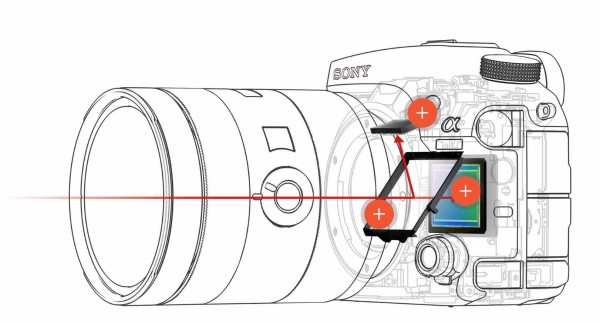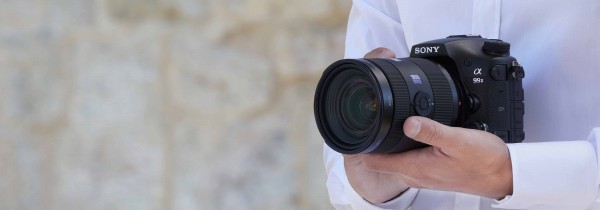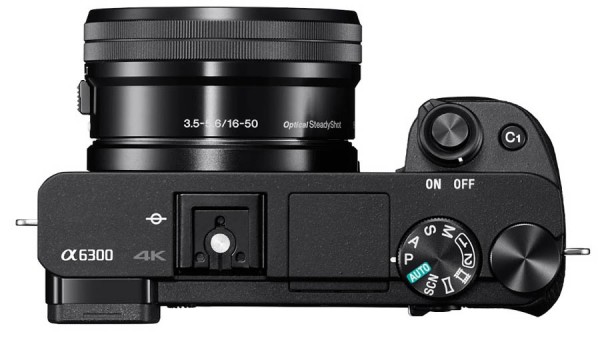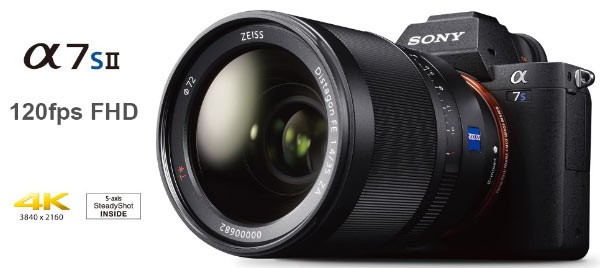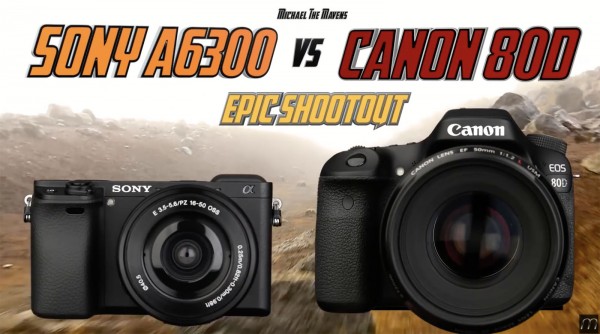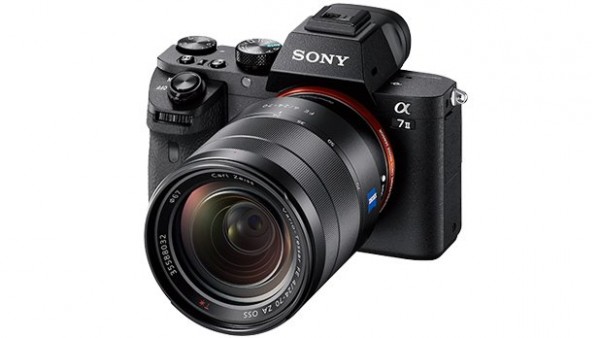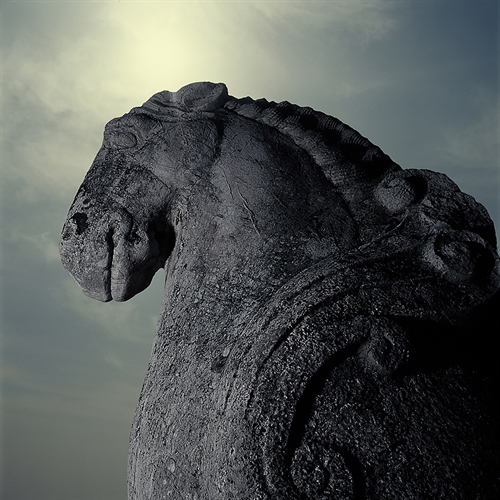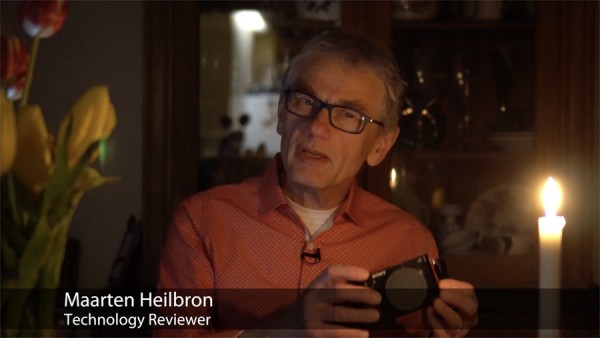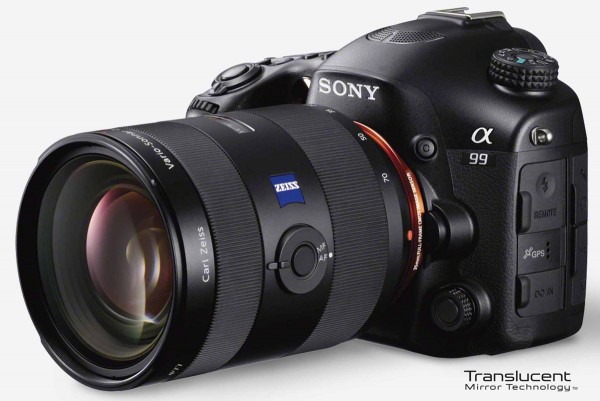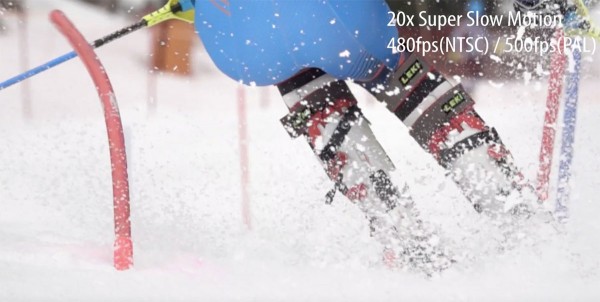Rave reviews keep pouring in for the Sony a6300. Most recently, Engadget called the 4K capable camera a “step forward for mid-tier mirrorless cameras,” and now PC Mag is following up with similar sentiment. Here is Jim Fisher:
Sony waited more than four years between the release of its flagship APS-C Alpha NEX-7 and its replacement, the Alpha 6300. The new model doesn’t offer a boost in resolution, but it enhances the excellent autofocus system found in the midrange Alpha 6000 at Amazon and also adds a weather-sealed design, 4K video capture, and a crisper EVF. It’s our Editors’ Choice for premium mirrorless cameras, ousting the Samsung NX1 at Best Buy, a camera we no longer recommend buying
By now it’s quite clear that the a6300 takes beautiful photos but some lesser talked about features of the camera include Wi-Fi and apps.
Integrated Wi-Fi is a strong point of Sony’s camera system. The Alpha 6300 can pair with an Android device via NFC, or with an iOS device by connecting to its broadcast network. Once connected you can copy images and MP4 videos to your smart device, connect the camera directly to the Internet to download apps, or use your phone as a remote control. You can copy images shot in Raw—they’ll be converted to JPG for the transfer—but you can’t move XAVC S videos, so don’t have dreams about wirelessly beaming 4K video from camera to phone.
The Alpha 6300 ships with the Smart Remote app pre-installed. It’s a basic remote app that lets you view the feed from the camera, adjust EV compensation, and fire a photo, all from your smartphone’s display. I recommend connecting to the Sony PlayMemories store (via the Alpha 6300 and your home Wi-Fi connection) and updating the app. The update adds support for full manual exposure control, as well as the ability to tap your smartphone’s screen to select a focus point. It requires you to create an account, but the update is free.
Perhaps one of the most raved about features of the a6300 includes Sony’s new 4D Autofocus system.
The Alpha 6300 features the most advanced autofocus system that Sony has put in a mirrorless camera to date. There are 425 phase detect focus sensors that work in conjunction with 169 contrast detect areas. The focus area covers almost the entirety of the frame, a big plus for tracking moving subjects—there’s less chance that your subject will move out of the area of the image covered by the focus system.
Even though the 6300 is a little slow to turn on, requiring about 1.8 seconds to do so, the focus system is lighting fast—it can lock onto a stationary subject almost instantly. That comes into play when utilizing its fast frame rate—11.1fps—which tracks subjects as they move. The hit rate wasn’t perfect in our tests, but it was very good. The Alpha 6300 has a second high-speed mode, clocking in at a more modest 8.2fps.
After the jump, let’s talk about 4K video.
